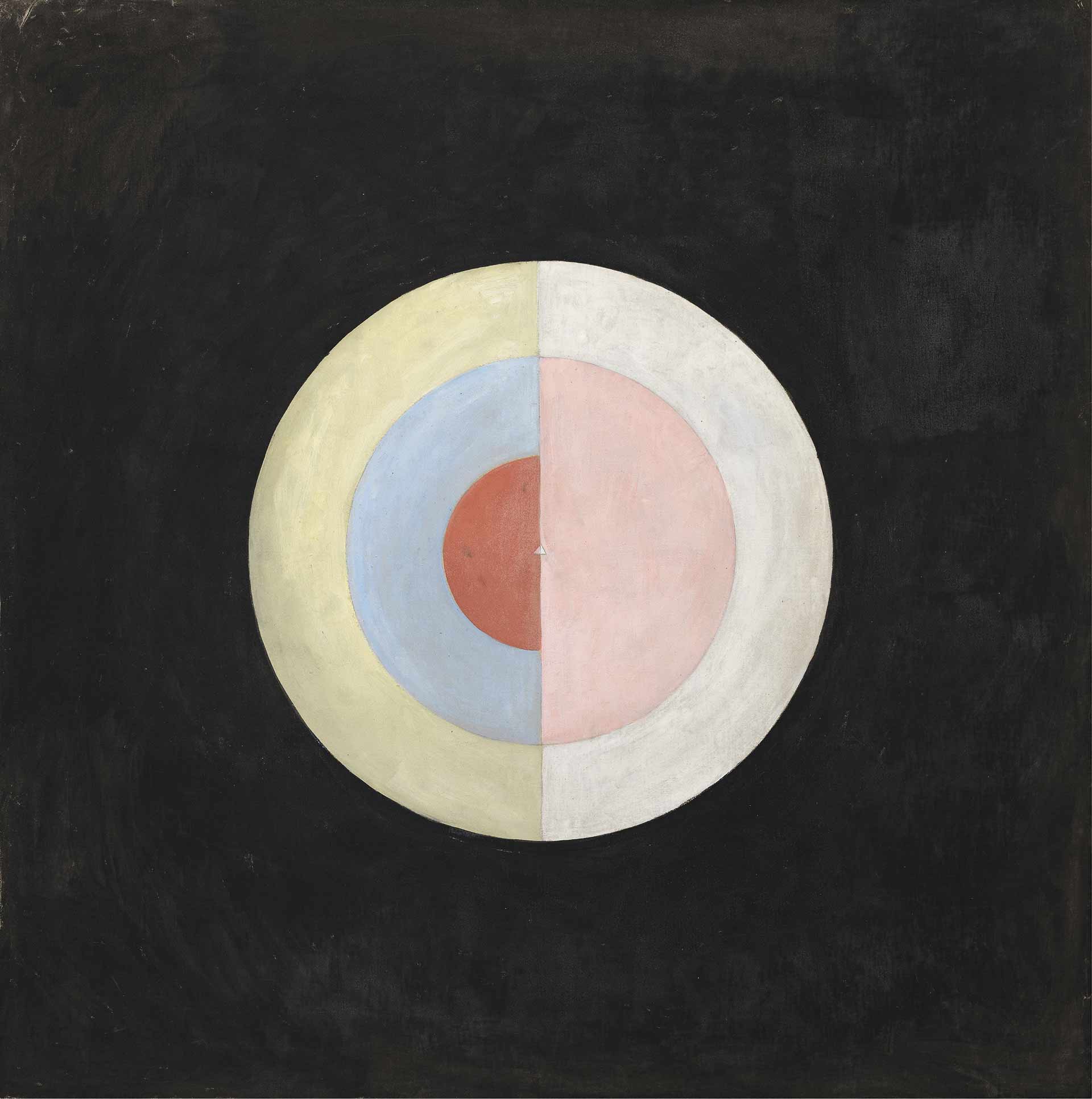Abstraction as Sacred Symbolism
The spiritualism in vogue from the 1850s constituted a major pathway into abstraction. Women were its precursors in the 19th century, although they did not conceptualize it as such. From Georgiana Houghton to Hilma af Klint, they were the first creators of an abstraction defined as a “sacred symbolism,” which was stilI representational. If “women artists” succeeded in finding a pathway into art through spiritualism, this is because, as a socially acceptable activity with philosophical underpinnings, it accorded them a privileged position. Founded in New York in 1875 by Helena Blavatsky, the famous Russian philosopher and author of Isis Unveiled, theosophy effectively placed male and female on an equal footing. Vasily Kandinsky, author of the book On the Spiritual in Art (1912) and considered to be one of the fathers of “pure” abstraction detached from any representation of the real world, had himself a keen interest in theosophy. Thereafter, however, the spiritualist approach found little resonance in a context in which modern historiography rejected all references to the occult sciences. In the first place with Alfred Barr, the first director of the MoMA in New York and curator in 1936 of the famous Cubism and Abstract Art exhibition, which established the modernist canon and in which women were present only with typographic, theatrical, or filmic works.

